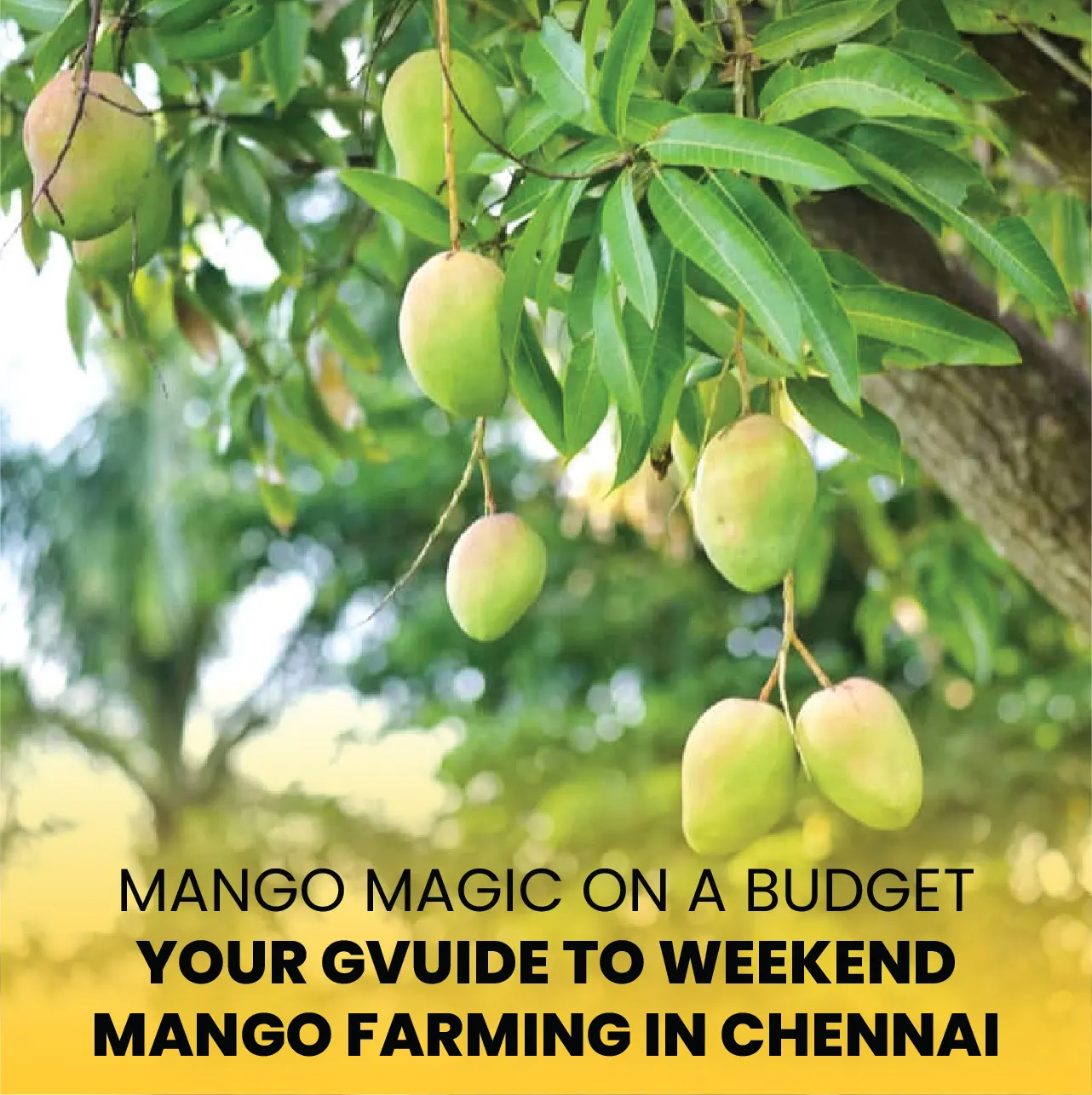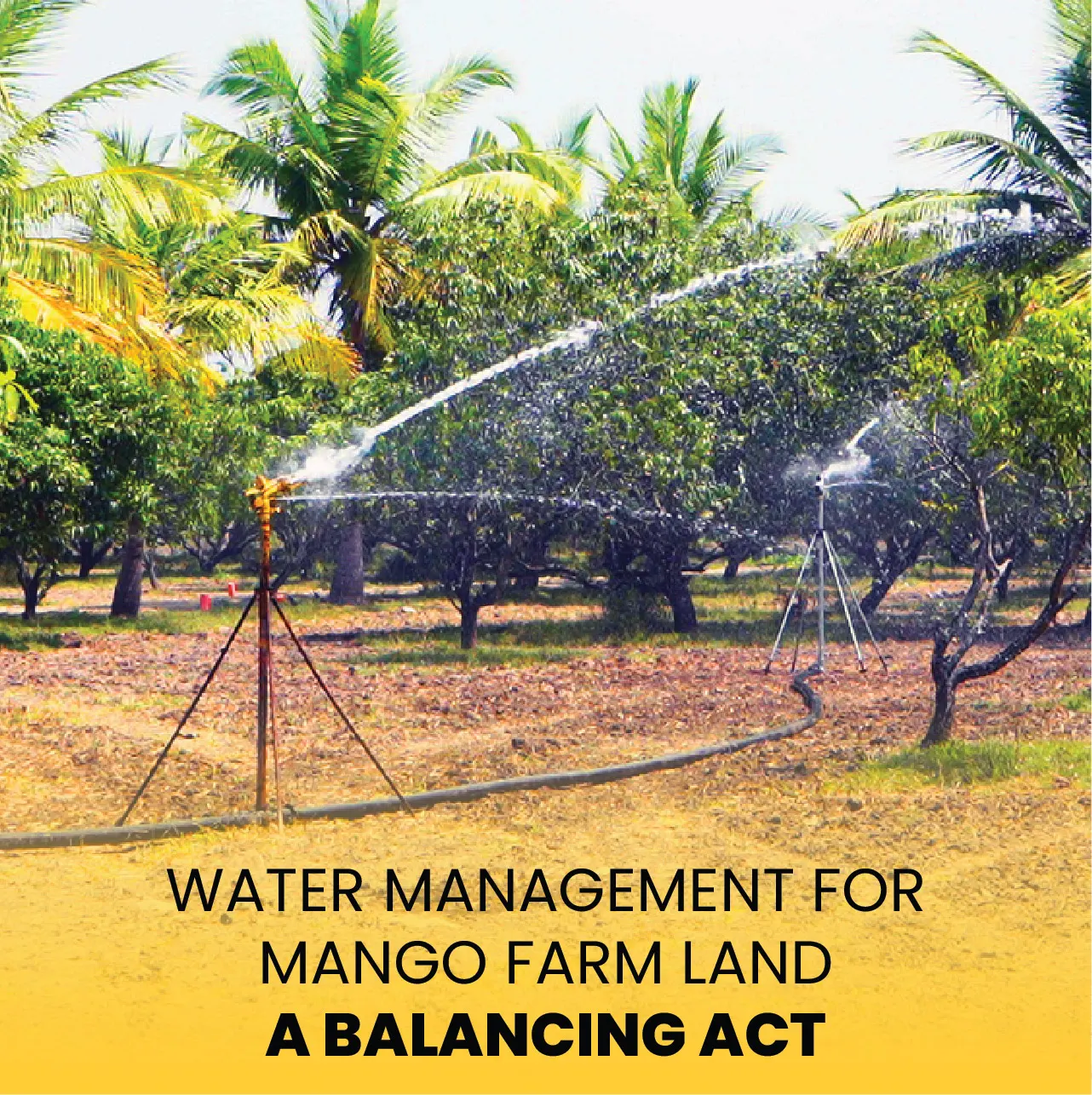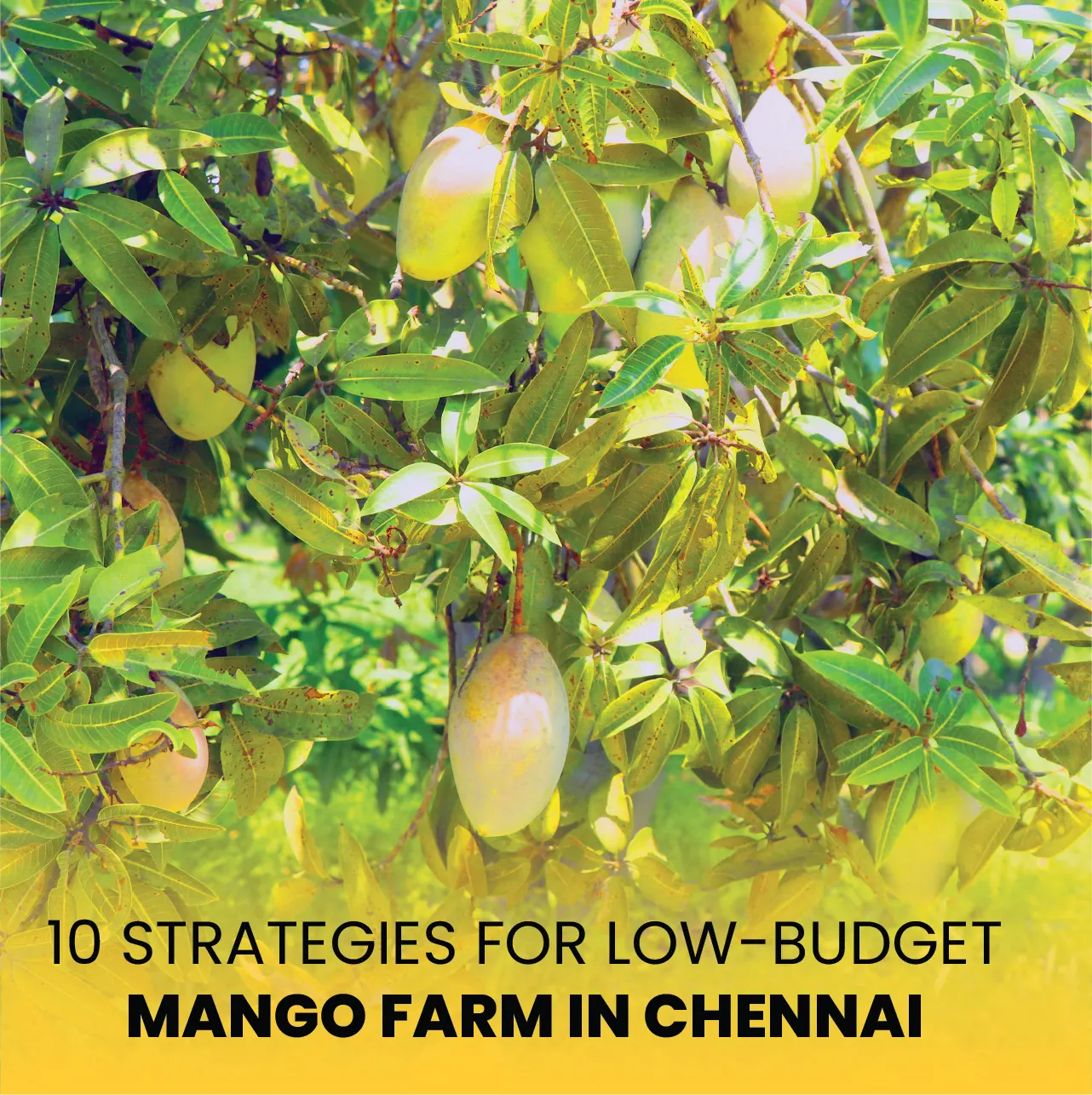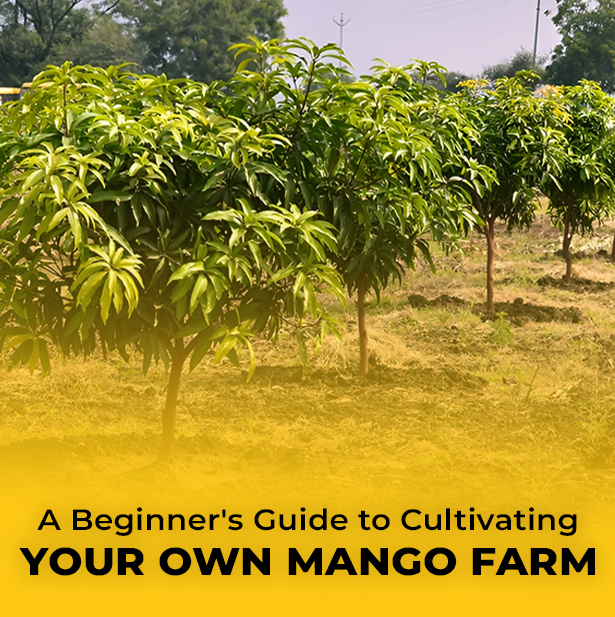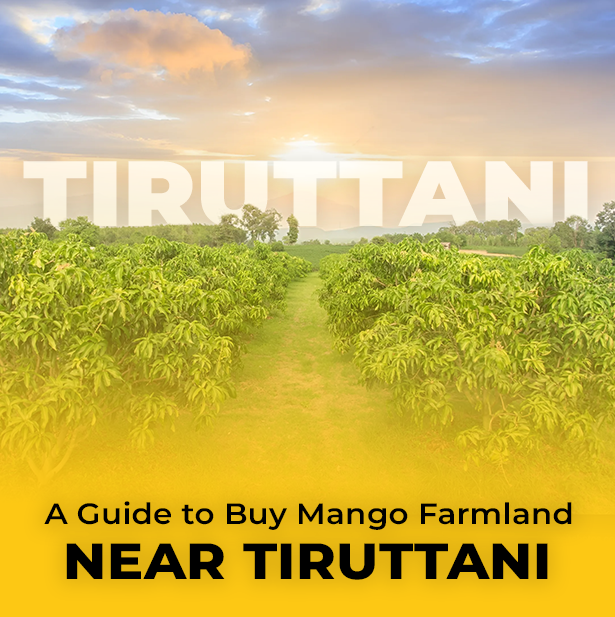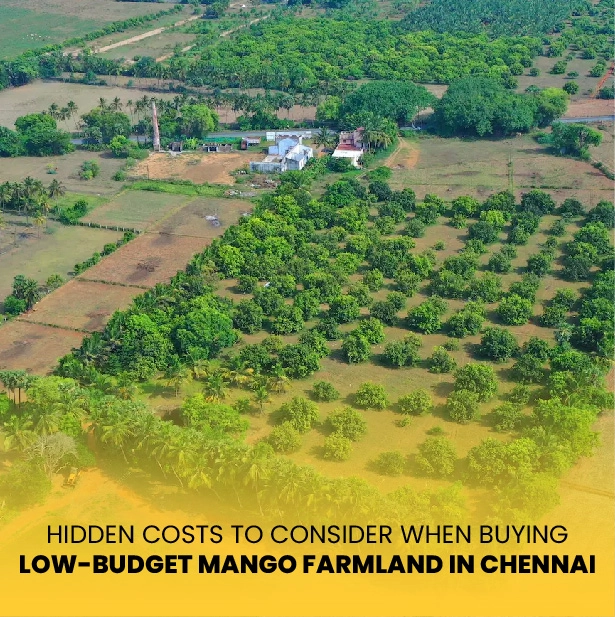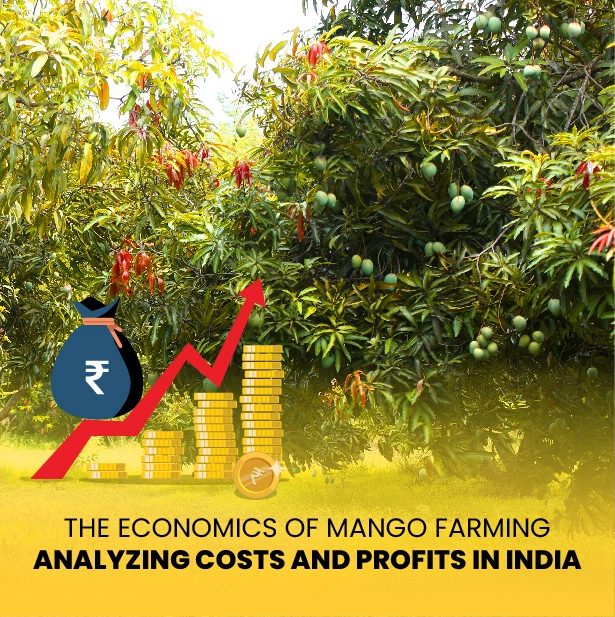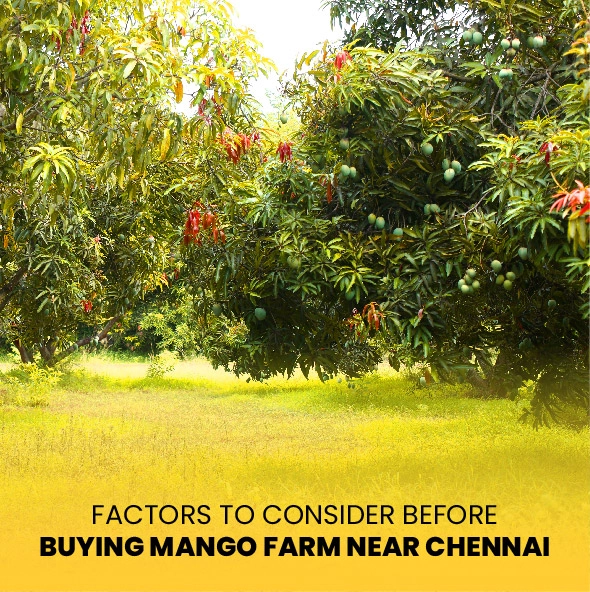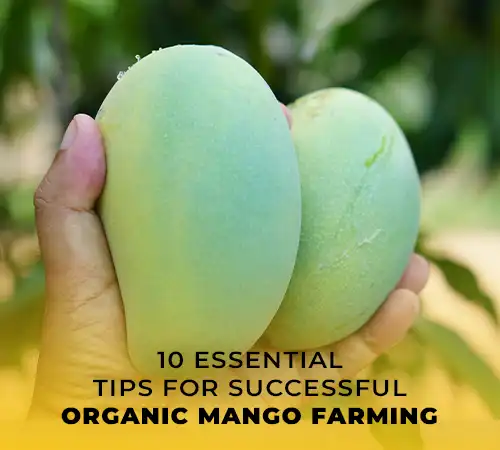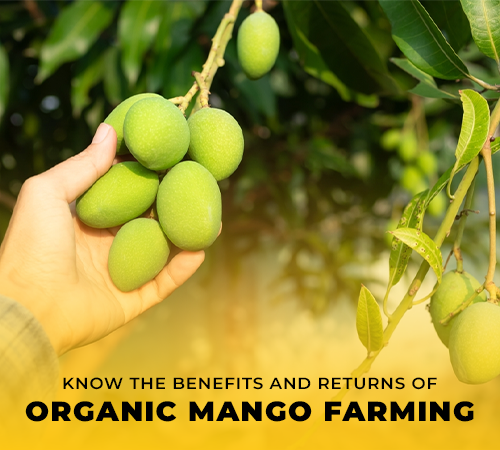Chaunsa mango, this acclaimed mango farm from South Asia is especially prized for its extraordinary taste and perfume. Mostly grown in two main areas, the Rahim Yar Khan and Multan areas in Pakistan's Punjab province, known for their perfect mango farming conditions that contribute to the mango's famed quality, and the Indian states of Bihar and Uttar Pradesh, where its unique qualities are celebrated, this highly regarded fruit is cultivated. Rich in agricultural history and ideal temperature, these regions give the ideal setting for Chaunsa mangoes to flourish, which is why they are a sought-after delicacy both in India and abroad.

There is great historical and cultural weight associated with the term Chaunsa mango. The Indian king Sher Shah Suri popularized this unusual mango type by calling it after his famous triumph over the Mughal emperor Humayun at the Battle of Chausa in Bihar. Originally chosen to celebrate this victory, the name "Chaunsa" has subsequently come to represent the regal legacy of the mango. Given its extensive farming in the Ghazipur area, this mango variety was also known as the Ghazipuriya. Ghazipur is a significant hub for the production and further embedding of the Chaunsa mango into the local and cultural heritage of the region, as their agricultural mango farming methods and ideal temperature help to define the mango's famous quality.
Chaunsa mangoes are quite prized for their unique and appealing qualities, which distinguish them from other mango kinds. The mangoes' rich, golden-yellow color, which indicates their suitability for eating, changes with full ripeness. Their flesh is especially soft and juicy; their low fiber content improves the eating experience and adds to their smooth texture. Every mouthful of the Chaunsa mango is a sensory joy since its flavor profile is especially appreciated for its great sweetness and fragrant characteristics. Furthermore, well-known for their great nutritional value are these mangoes, which have a much higher vitamin C level than other kinds, thereby enhancing their health advantages. Chaunsa mangoes have a great taste and texture, which have won them a worldwide renown despite their occasionally subdued, matte yellow appearance. Rich flavor, aromatic scent, and nutritional value combined together usually make them a top option among mango aficionados and connoisseurs all around.
There are four different types of Chaunsa mangoes, each with special traits. Popular during its peak season, the Mosami Chaunsa, also known as Summer Bahisht, is well-known for its sweet and aromatic taste. With a darker complexion and strong sweetness, the Kala Chaunsa Black Chaunsa adds a unique touch to its taste sensation. Particularly suited for export markets since it preserves its quality over lengthy times, the Safaid Chaunsa, sometimes known as the White Chaunsa, is notably famous for its longer shelf life. Finally, the large taste and great weight of the Azeem Chaunsa, also known as Rattewala, are much valued.
Export amounts of Chaunsa mangoes to the Middle East, Europe, Canada, and more lately, the United States, among other worldwide markets. Their great demand in these areas reflects their worldwide appeal and the premium price they demand. Before Chaunsa mangoes hit the American market, aficionados and connoisseurs would often fly to Canada to legally buy these highly sought-after fruits, highlighting the great respect in which these fruits are regarded. This global demand emphasizes the great reputation of the Chaunsa mango and the continuous curiosity about tasting its unique flavor and quality outside of its natural areas.
Usually reaching their best between late June and early September, chaunsa mangoes show clear indicators of maturity. The mangoes signify that they are ready to eat when their flesh becomes noticeably softer and their peel moves to a richer shade of pale yellow. Furthermore, not cause for alarm is a minor wrinkling of the peel, which is a normal and natural aspect of the ripening process. Chaunsa mangoes could still retain a greenish tint on their peel early in the season. But especially as the season moves into late July and August, this green hue does not always suggest that the fruit is immature. Though initially greenish, the mangoes progressively acquire their full taste and sweetness throughout this period; finally, the rich, golden-yellow color typical of ripe Chaunsa mangoes takes front stage. This ripening process guarantees that the mangoes reach their best taste and texture, offering a great dining experience.
Chaunsa mangoes have become somewhat popular in the UK, especially in Asian supermarket stores where customers who know their unique characteristics demand them. These wonderful mangoes also occasionally find their way into big supermarkets, including Asda, Morrisons, and Tesco, where their premium quality and great demand are acknowledged. Among other mango kinds, Chaunsa mangoes are unique in their exceptional sweetness and strong scent. Their enticing taste has earned Urdu's slang nickname, "suckers." This word emphasizes the great taste of the mangoes and the fact that every last bit is appreciated, therefore rendering no piece unappealing. Chaunsa mangoes' increasing value and increased interest in premium, international fruits among British customers are reflected in their broad availability in both specialist and mainstream retail stores.
Investing in Chaunsa mango farm land offers a convincing business possibility with expected returns on investment. Apart from its great taste and scent, this species of mango is well-known for its advantages for the environment and economy. Well-developed Chaunsa mango trees flourish in ideal growth conditions, which produces premium fruit output. Often well-maintained, the acreage set aside for Chaunsa mangoes guarantees the trees are grown in suitable surroundings that encourage their development and output.
Moreover, because of the fruit's premium pricing and great market demand, Chaunsa mango farms present a good return on investment. For both experienced investors and beginners, Chaunsa mango farmland's low cost of acquisition and maintenance makes it a reasonable choice. Chaunsa mango farmland is a unique and profitable investment with the possibility for significant cash returns and the extra advantage of supporting sustainable agriculture methods. Depending on variables including market conditions and farm management, investors should typically expect a return on investment (ROI) between 15% and 25% yearly.
Think of the success tale of a Rahim Yar Khan investor who bought Chaunsa mango farmland. Originally investing $100,000, this investor concentrated on growing premium Chaunsa mangoes using environmentally friendly farming methods. The farm's output and fruit quality within three years attracted significant demand both domestically and abroad. Driven by Chaunsa mangoes' premium prices on the export market, the investor claimed an amazing ROI of 20% by the fourth year. This success narrative highlights the great possibilities of investing in Chaunsa mango farms and their capacity to yield not only financial gains but also help a valued crop to flourish.
Chaunsa mangoes, with their unmatched sweetness, rich taste, and wonderful texture, capture the height of mango perfection. Their legendary past and ongoing appeal all over show their great place in the fruit world. Savored fresh, eaten as part of a meal, or appreciated in other markets, Chaunsa mangoes still enthral mango aficionados worldwide with their taste of South Asia's rich agricultural tradition and regal legacy. For individuals looking for both financial success and environmental sustainability, investing in Chaunsa mango farms not only offers a profitable business possibility with a large ROI but also helps the development of this unique fruit.


